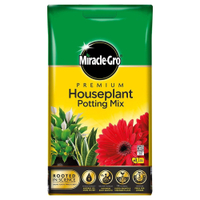How to care for a pothos plant: an expert guide on looking after this fast-growing favourite
Known for its trailing leaves, the pothos is a popular plant in more ways than one - here's how to keep it thriving in your home
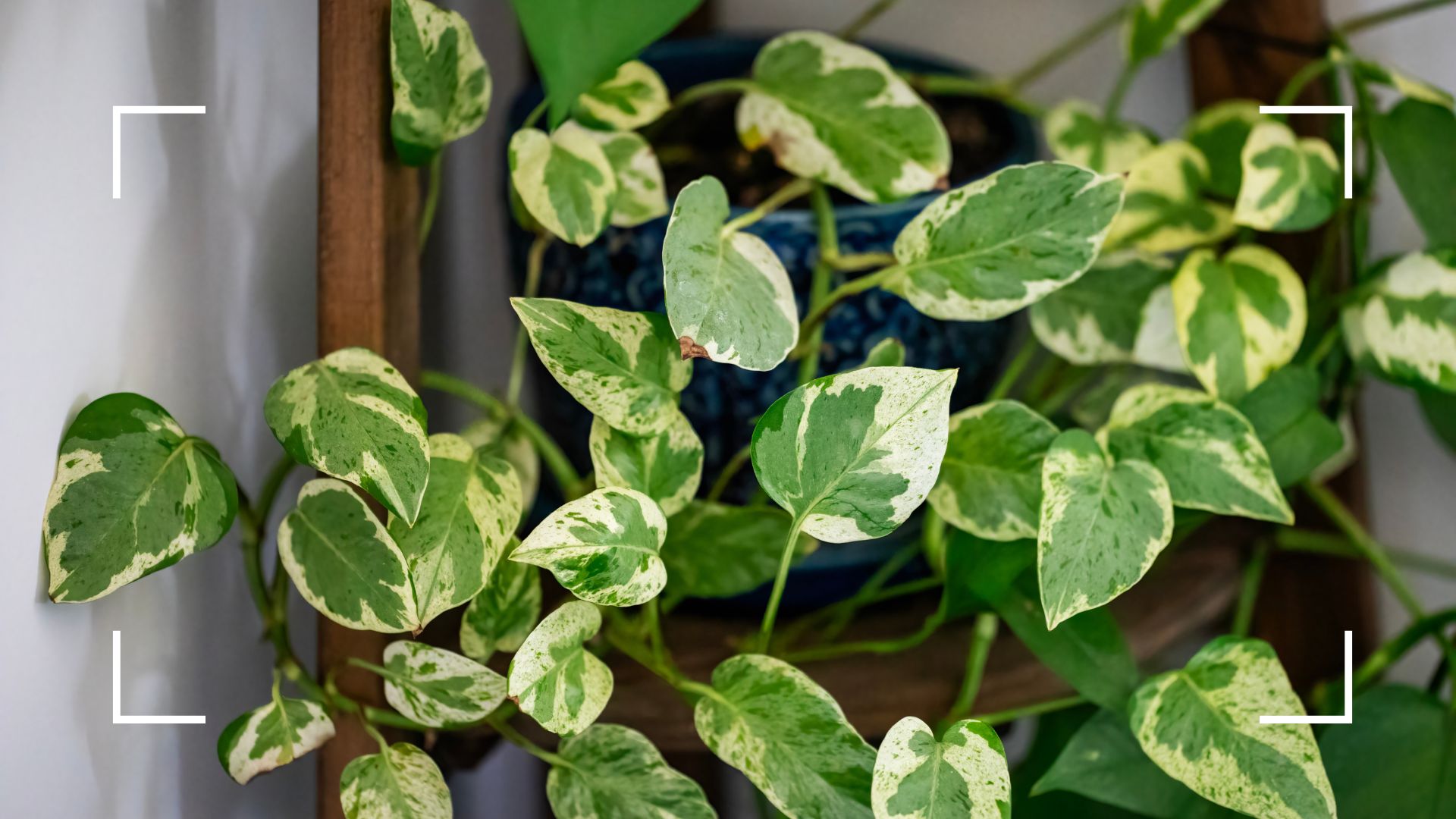

Caring for a pothos plant might seem like an effortless feat, but it's always best to avoid tragedy with houseplants and learn from the experts how to keep them thriving.
Pothos are one of the fastest-growing houseplants, making them very popular in the plant-loving community and great for beginners. Although they're one of the easiest houseplants to keep alive, it's still important to know how to care for them properly as they can surprise you with ill health at any time.
So if you want to avoid wondering why there's mould growing on your plant's soil or why its leaves are turning yellow, follow this expert step-by-step care guide.
How to care for a pothos plant: an expert guide
Caring for indoor plants can be more of a challenge than you'd expect. More often than not they tend to show signs of distress even when you thought you'd provided them with everything they need.
Knowing what your specific plant needs from watering to potting can make the whole process so much easier and help your plant grow without a hitch.
1. Find the right spot for it
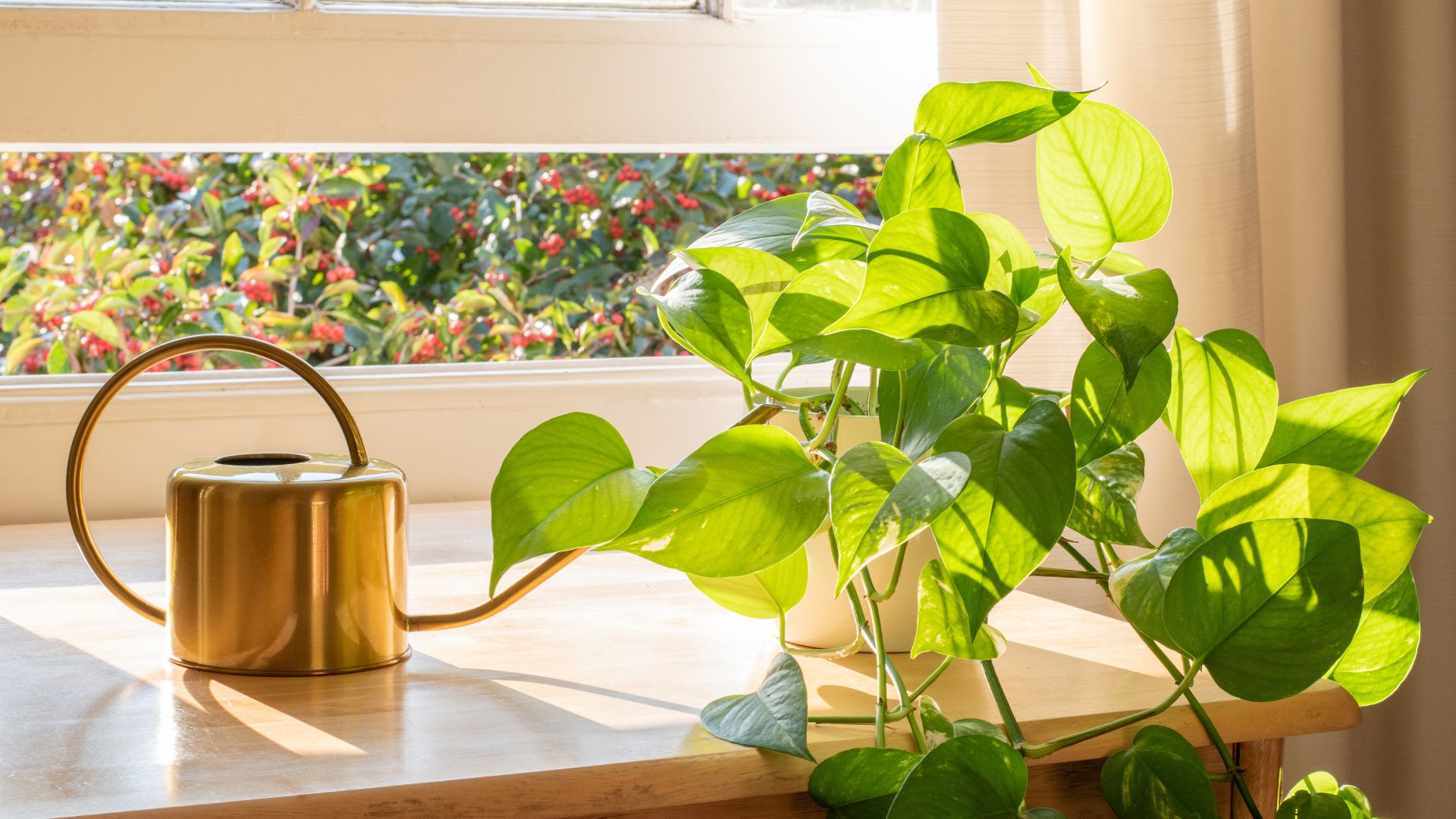
One of the most common houseplant mistakes is placing your plant in the wrong spot for its light and temperature needs.
"The pothos plant should be placed somewhere it will receive bright but indirect light," explains Graham Smith MCIHort, a horticulture expert at LBS Horticulture. "It can be placed somewhere shadier, but too much shade can cause the plant to lose variegation on its leaves."
Sign up for the woman&home newsletter
Sign up to our free daily email for the latest royal and entertainment news, interesting opinion, expert advice on styling and beauty trends, and no-nonsense guides to the health and wellness questions you want answered.
He also recommends placing the plant in a room where the temperature is between 10 and 24 degrees. This will keep the plant from cold shock or alternatively from drying out or burning from it being too warm.
Pothos plants are more than happy with the average indoor humidity, however they do benefit from the occasional mist.
Mini Digital Indoor Thermometer, £4.99 at Amazon
This affordable indoor thermometer can accurately monitor temperature and humidity levels with ease and is ideal for keeping those tropical plants happy.

Graham has extensive knowledge in the horticultural and gardening industries, and prides himself on using this to help gardeners of all skills create their perfect outdoor space.
2. Establish a good watering routine
Knowing how often to water your indoor plants is of course houseplant 101, but it can be a challenge when you've got an ever-growing collection in your home. So learning what each specific plant needs is key.
"You should aim to water when the top 3-5 cm of soil feels dry and avoid overwatering," says Peter Ivanov, plant and garden expert at Fantastic Gardeners. "Pothos plants prefer slightly dry soil over soggy roots - use a well-draining pot with drainage holes."
Over-watered plants can lead to root rot which is an all too common fatal mistake for houseplants.
AMFUN Plant Watering Globes Stakes, £16.99 for 6 at Amazon
These attractive hand-blown colourful glass watering devices are an easy way to employ a self-watering feeding system for your indoor potted plants.

Peter has been a gardening and plant expert at Fantastic Gardeners for over 8 years, he is now one of the company's top-performing experts and manages over 6 teams of gardeners. He works on creating stunning landscapes and prioritises sustainability in his gardening methods.
3. Keep the leaves clean

There are some steps in plant care that you might've unknowingly been skipping, cleaning your plant's leaves might just be one of them. And yes, it can get rather frustrating when you have multiple plants with so many leaves, but there are huge benefits to doing this.
Graham advises you to regularly wipe the leaves of your pothos plant to prevent a build-up of dust. Doing this will ensure the plant can breathe properly and the sunlight is not being blocked, stopping photosynthesis.
4. Choose the right soil mix
Ensuring your plant is in the best possible soil it can be is far more important than you may think, hence why knowing the soil type in your garden is so crucial for the health of what you plant. Houseplants are no different. After all, your houseplant no matter the species will find a lot of its nutrients just from the soil alone so it's key to choosing the right type.
"Choose a potting mix that drains well and can be used for many purposes. You can prevent water buildup by using a pot with drainage holes. Plants need to be replanted every 1-2 years when their roots outgrow their pots," says Jane Dobbs, lead gardener at Allan's Gardeners.
We'd also recommend you opt for peat-free soil, this a great sustainable houseplant hack as the harvesting of peat is terrible for the environment.
Miracle-Gro Premium Houseplant Potting Mix: £9.99 at Amazon
This houseplant soil is perfect for supplying your pothos with all the right nutrients. A houseplant compost like this one gives your plant enough food for three months and it's built to encourage root growth and balance air in the soil.

Gardening is Jane's passion, having built and maintained stunning outdoor spaces for over a decade. Taking care of all the garden projects at Allans' Gardeners is her responsibility as lead gardener. A wide range of horticultural practices come into play in Jane's work, from landscape design to plant and lawn care.
5. Make sure not to overfeed
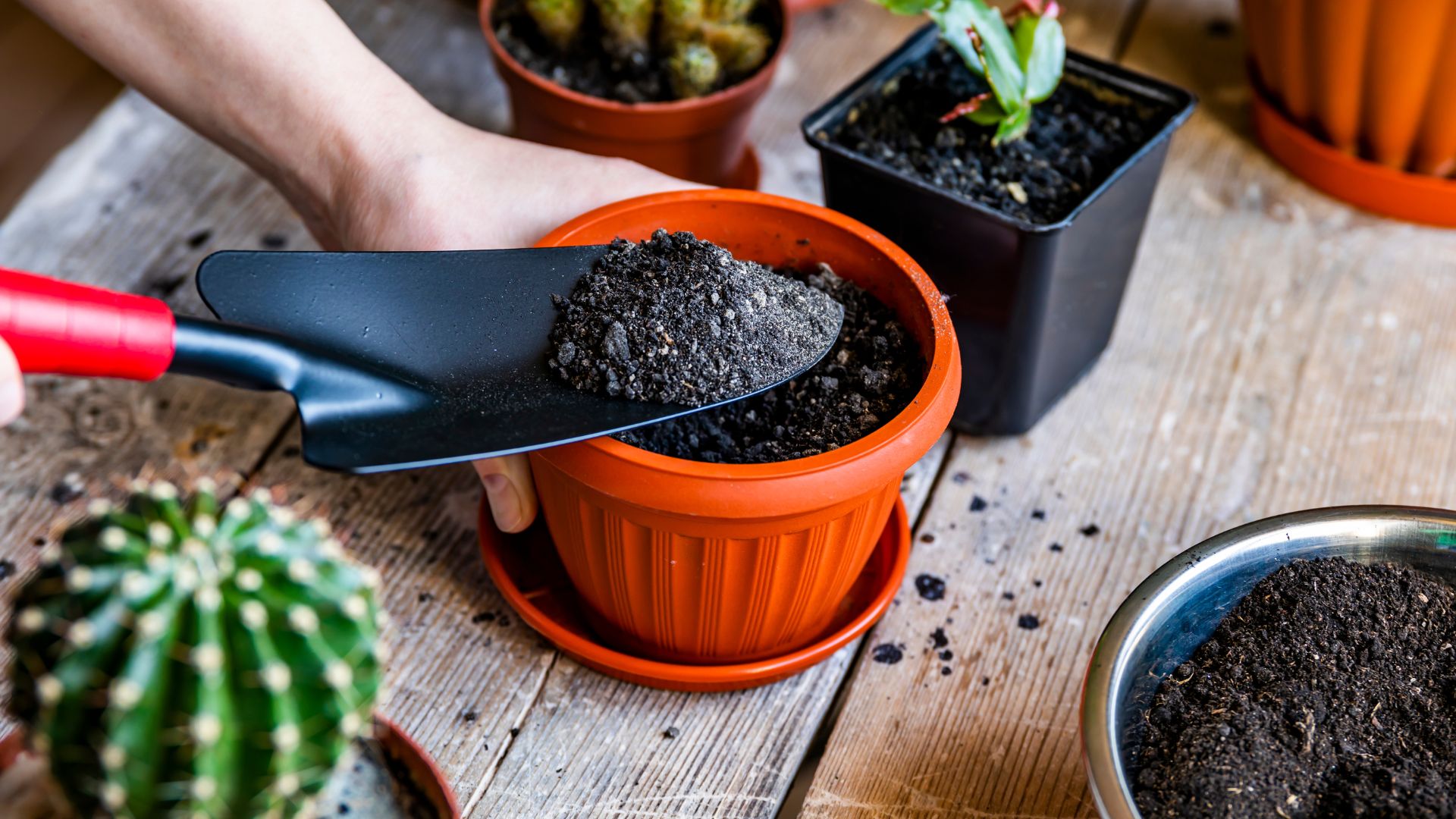
Whilst your potting soil will provide the majority of your plant's nutrients month to month, it is important you know when to help your pothos out with some extra food.
Petar says, "For the fertilising, feed it with a balanced liquid houseplant fertiliser once a month during spring and summer - reduce or skip fertilising in autumn and winter."
Over the colder months, plants tend to enter winter dormancy, for pothos, this is between October and March. During this time it will grow much slower due to lower light levels, this means that watering can be reduced and fertilising needs to be stopped.
6. Watch out for common pests
Another commonly overlooked aspect of plant care is pests and diseases, there are several kinds and they can do major damage to your beloved houseplants. It's important to know the signs of each pest and disease as well as how to get rid of them.
"Aphids, spider mites and gnats are common pests. Use insecticidal soap, and neem oil and don't overwater plants," says Jane. "Fungal infections can also often be caused by poor air circulation and high humidity can cause powdery mildew. Good drainage, well-ventilated area and regular leave checks will help you keep your plant happy."
As you can't flood your houseplants as you would with your outdoor plants, buying some neem oil is a good idea for protecting your pothos from any creepy crawlies that might be tempted.
DD Organic Neem Oil: £12.49 at Amazon
If you want to make sure no pests are reaping the rewards of your green thumb then applying this neem oil to the soil and stems is a great deterrent.
FAQs
How to propagate a pothos plant
Whether or not you know how to take plant cuttings, the process couldn't be easier. Especially when dealing with such a low-effort, high-reward species like the pothos. The key to a successful cutting is ensuring you do each step correctly and at the right time.
"You can propagate a pothos plant by rooting stem cuttings in water. Use a pair of clean, sharp pruners to remove a healthy stem from your pothos plant. The stem you choose should have at least three leaves, and cut at an angle around an inch below the lowest leaf on the stem," explains Graham.
He adds, "Remove the lowest leaf from the stem, but the other leaves can be left in place. Then, place the stem in a jar of water, but do not allow the remaining leaves to touch the water. After a week to ten days, roots should begin to emerge from the stem."
Once the roots have reached several inches long, the cutting can be transferred to a pot with soil. Simply place the potted stem somewhere with indirect bright sun and keep its soil moist, the pothos should continue to grow from there.
How to repot a pothos plant
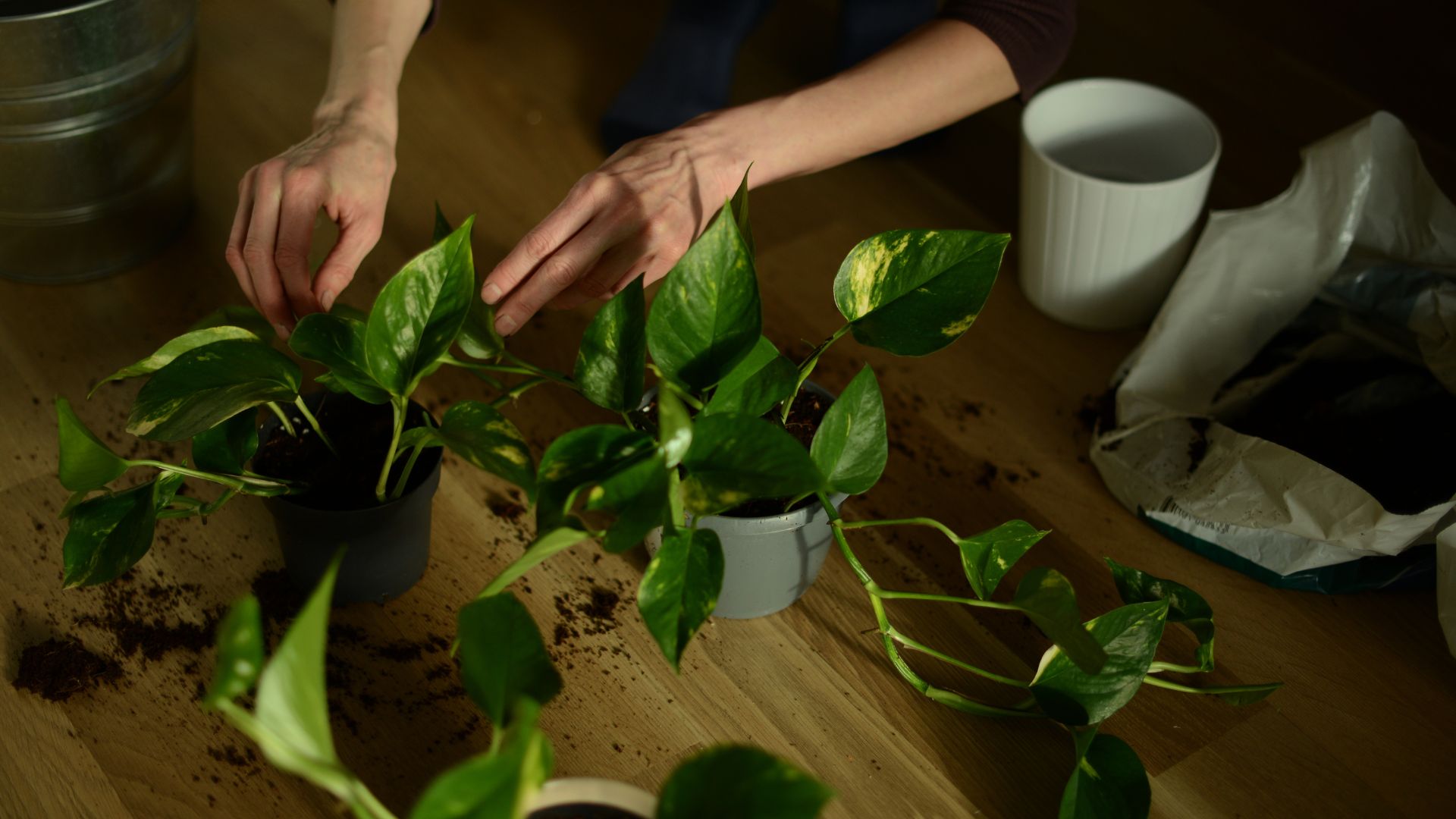
Repotting a pothos plant can be hugely rewarding
It's important not only to know how to repot a plant but to also know when it's the right time to repot a plant is. Repotting too early or too late can have a detrimental effect on its health and lead to a whole host of issues.
Angela Slater, Gardening expert at Hayes Garden World says, "Check to see if the plant needs repotting by removing the plant from the current pot. If the roots are circling the outside of the compost, then it needs repotting. Another sign is that the water runs straight through the pot as there is not enough compost to hold onto the moisture. Lack of water will lead to the leaves drooping or going brown around the margins."
To repot your pothos, start by filling 1/3 of a pot that's a size larger than the current one with peat-free houseplant compost. Remove as much soil from the roots of the plant as possible and place it in the new pot.
Then Angela advises, "Insert the plant and pack between the roots with fresh compost. Tap the pot a few times on the work surface to settle the compost around the roots. If you leave gaps around the roots they won’t be able to uptake water and nutrients and will eventually shrivel and die."
To finish, water and drain your plant and simply put it back in its favourite spot in your home.

Angela has been in the gardening industry since joining Hayes but has only been directly involved since 2001 when she left university and joined the outdoor plant team. She holds a degree in Conservation and Land Management and has had an active interest in gardening since the age of six.
How do I know if my pothos plant is happy?
Whilst there are many signs of your plant being unhappy, there are also more positive indicators that you're doing everything right.
"You will know if your plant is happy as it will regularly put out new leaves in the growing season, spring and summer. Its leaves will be glossy and healthy and it will need watering at least once a fortnight," explains Angela.
She continues, "If the plant droops or the leaf margins turn brown, then you know it has been left too dry for too long."
Another key care step, which isn't mandatory but can help your plant thrive, is to prune it. Jane says, "To prevent legginess, trim vines to encourage bushy growth. Plants need healthy leaves, so remove any yellow or damaged leaves."

Emily joined woman&home as a staff writer after finishing her MA in Magazine Journalism from City University in 2023. After writing various health and news content, she now specialises in lifestyle, covering unique cleaning hacks, gardening how-tos, and everything to help your houseplants thrive.
-
 Unforgettable date ideas to make a great first impression or rekindle romance
Unforgettable date ideas to make a great first impression or rekindle romanceForget the same old first date formula - these unforgettable date ideas will leave them thinking about you long after you go home
By Natalie Denton Published
-
 Butter yellow might be the colour of the season, but Amal Clooney is making me want to try sunshine shades
Butter yellow might be the colour of the season, but Amal Clooney is making me want to try sunshine shadesSpark some joy by adding some statement yellow pieces to your wardrobe just in time for summer
By Matilda Stanley Published
-
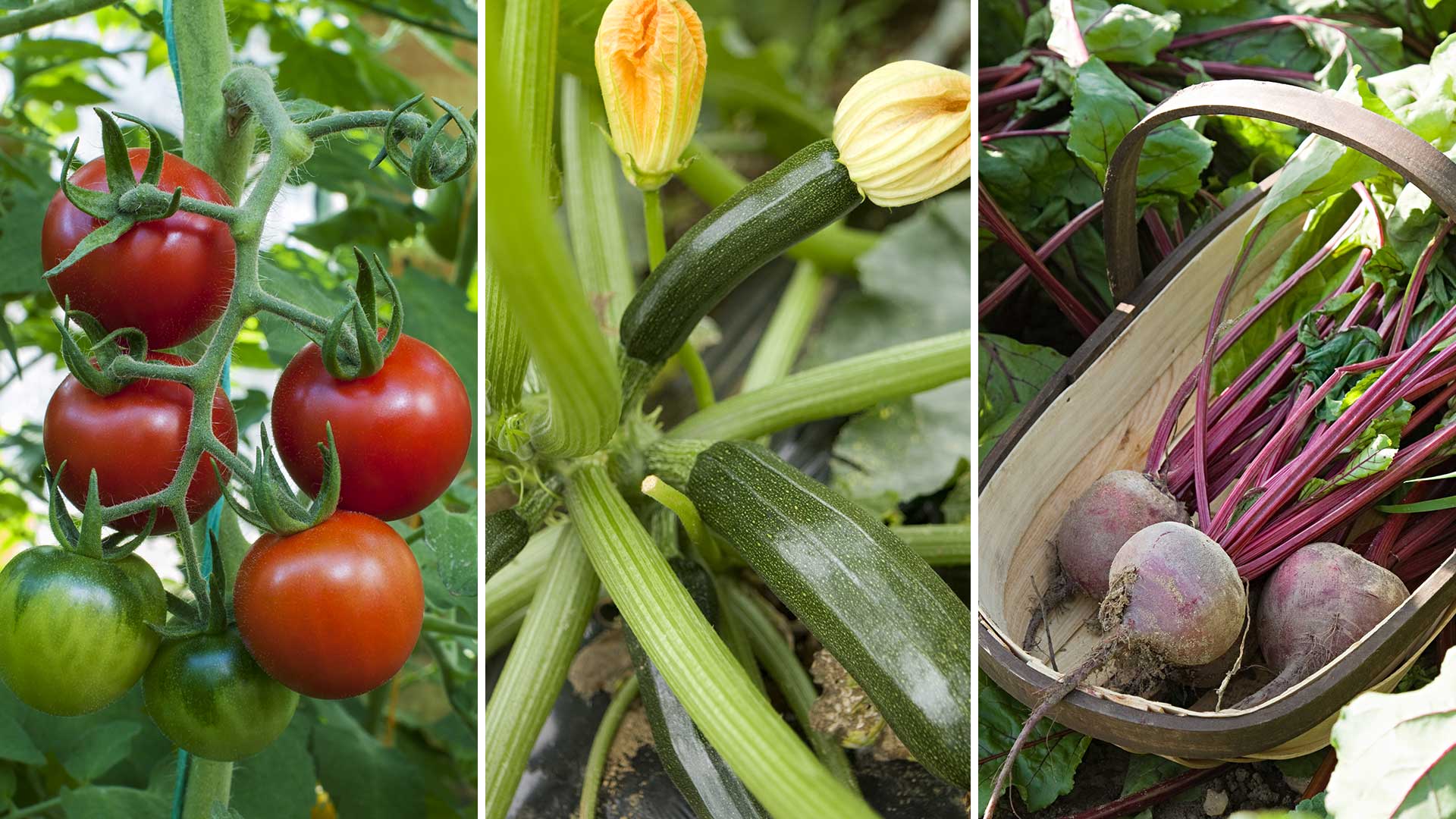 Vegetables to plant in April: 8 crops to start now for a delicious harvest later in the year
Vegetables to plant in April: 8 crops to start now for a delicious harvest later in the yearDiscover which vegetables to plant in April, and top tips for growing success
By Holly Crossley Published
-
 How to plant freesia bulbs: easy steps for colourful summer blooms
How to plant freesia bulbs: easy steps for colourful summer bloomsIf you're looking to add some vivid colour and life to your garden, freesias are the perfect choice
By Emily Smith Published
-
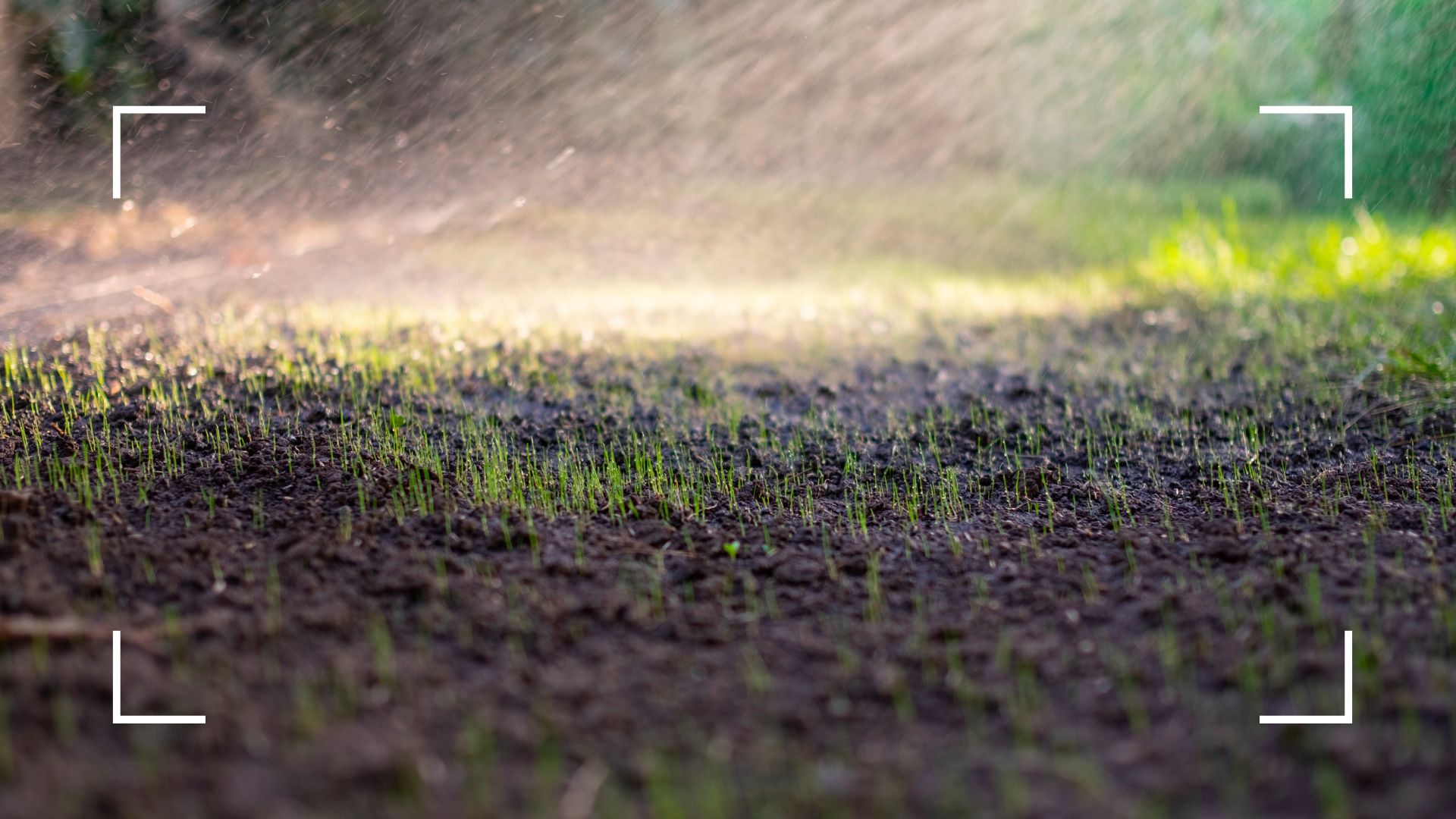 Gardening experts reveal how often you should water grass seed for a luscious lawn this summer
Gardening experts reveal how often you should water grass seed for a luscious lawn this summerWant your lawn to be looking its best by the time summer rolls around? You'll need to make sure you're watering it the perfect amount
By Emily Smith Published
-
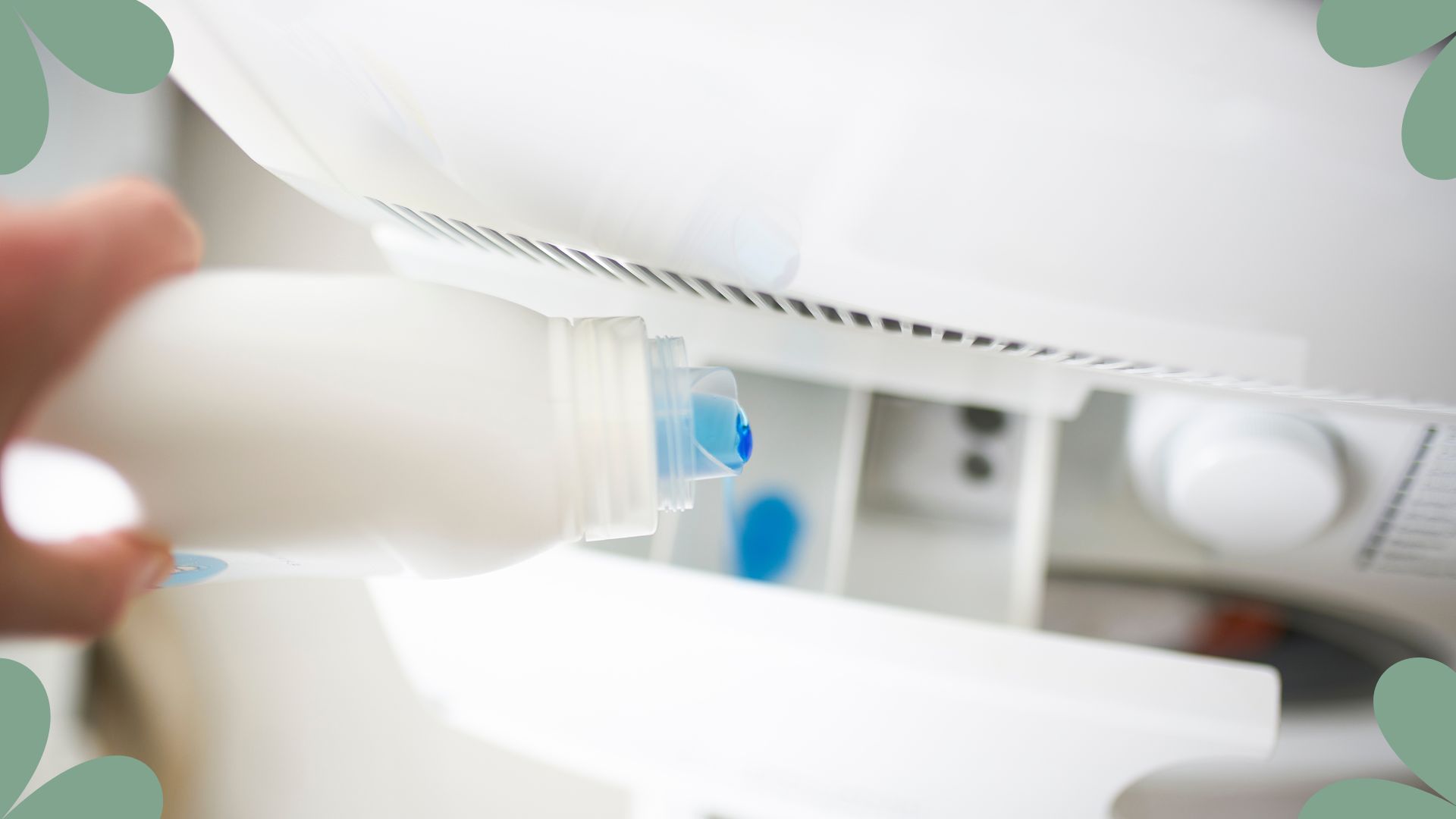 Lynsey Crombie reveals the surprising laundry mistake leaving your clothes smelling 'stale and nasty'
Lynsey Crombie reveals the surprising laundry mistake leaving your clothes smelling 'stale and nasty'Do your clothes smell unpleasant even after you've washed them? It could be your fabric conditioner
By Emily Smith Published
-
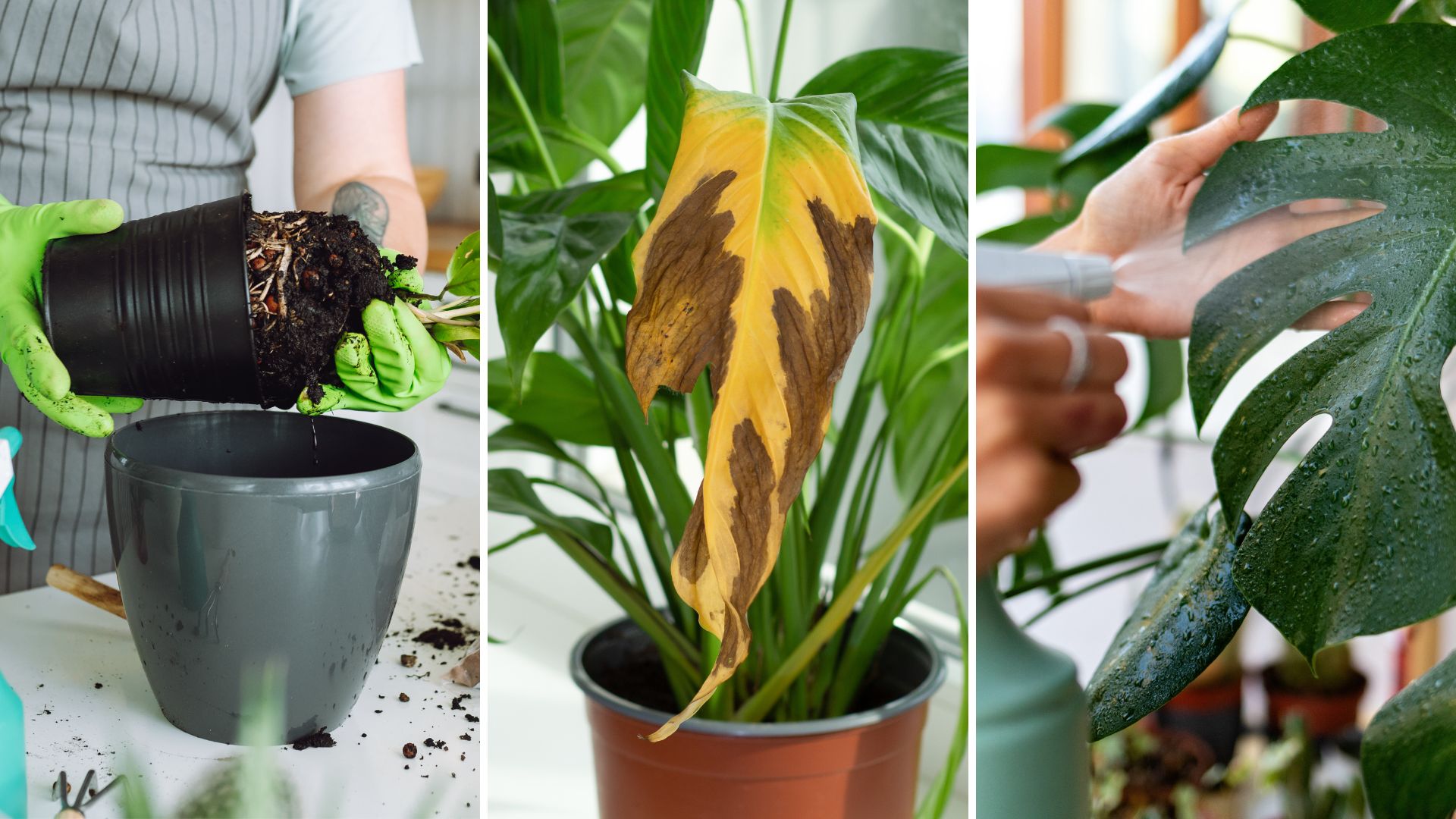 6 common houseplant myths to ignore, warn horticulture experts
6 common houseplant myths to ignore, warn horticulture expertsThese common misconceptions about caring for indoor plants might surprise you – they feel perfectly logical
By Emily Smith Published
-
 Should you deadhead daffodils? Gardening experts share their advice for longer-lasting blooms
Should you deadhead daffodils? Gardening experts share their advice for longer-lasting bloomsThese butter-yellow flowers are one of the first signs of spring, but should you deadhead or leave them be?
By Emily Smith Published
-
 It's time to cut back ornamental grasses, and the expert team at Sarah Raven are here to help
It's time to cut back ornamental grasses, and the expert team at Sarah Raven are here to helpWith spring well and truly here, the team share their top tips to get ornamental grasses ready for new growth
By Emily Smith Published
-
 Monty Don's 'genius' planting trick gives outdoor plants the best chance of thriving
Monty Don's 'genius' planting trick gives outdoor plants the best chance of thrivingThis mess-free trick will make planting seamless - and give your plant a great headstart
By Emily Smith Published


